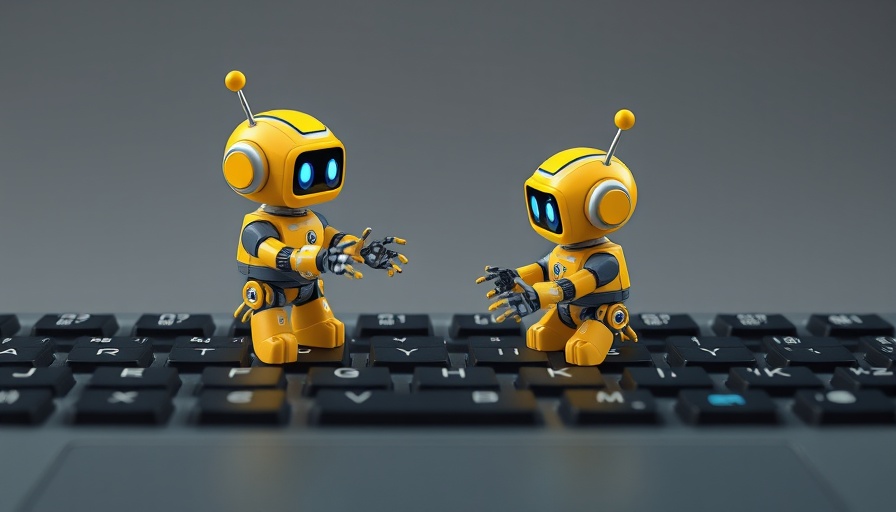
OpenAI's Innovative Responses API: A Leap Toward AI Agents
The AI industry is seeing a significant shift as OpenAI takes another step forward in its quest to integrate AI agents into everyday workflows. With the recent announcement of the Responses API, OpenAI is positioning itself to enable developers to build AI agents capable of performing higher-level tasks autonomously. This shift promises to not only enhance productivity but to change the way businesses perceive AI’s role in their operations.
Defining the Future Workforce: The Role of AI Agents
In a bold proclamation, OpenAI CEO Sam Altman stated that 2025 would mark the year AI agents "join the workforce." This isn’t just a catchphrase; it's a pivot towards real-world applications of AI. Agents like OpenAI’s previously released models Deep Research and Operator serve as models of what’s to come—systems that can autonomously gather and manipulate data to serve user needs better.
Unpacking the Responses API: What Developers Can Expect
OpenAI’s Responses API will replace the existing Assistants API by mid-2026, and it comes packed with ambitious functionalities. The Responses API allows developers to create agents that can scan company databases and navigate web pages, executing multi-step processes seamlessly. These agents will leverage advanced models like GPT-4o search and GPT-4o mini search, which significantly improve factual accuracy thanks to their enhanced web search capabilities.
Limitations and Challenges: The Path Forward
Despite these advancements, OpenAI openly acknowledges that the journey is fraught with challenges. The Computer-Using Agent (CUA) model, which underpins many of these innovations, is still evolving. Developers must recognize the current limitations—especially with CUA’s reliability in automating tasks. The reality is that AI, even as it grows more advanced, can still make mistakes.
Emphasizing Collaboration: The Open Source Agents SDK
Touted as a significant development in the AI landscape, the Agents SDK is an open-source toolkit designed to equip developers with the necessary tools to create diverse AI agents. It allows for deeper integrations into existing systems while offering a flexible platform that doesn’t force developers to rely solely on OpenAI models. This approach opens up opportunities for more tailored, domain-specific solutions.
The Implications for Enterprises: A Game Changer in AI Automation
For business and IT leaders, the Responses API and Agents SDK represent a monumental leap in automation potential. As manual processes become increasingly automated through AI agents, organizations can expect to see improvements in efficiency, speed, and scalability. The built-in tools for web and file searches empower businesses to enhance their information retrieval without the need for extensive custom development.
Looking Ahead: What’s Next for AI Agents?
As we edge closer to a world where AI agents become commonplace, it's vital for developers and businesses to engage with these new tools actively. OpenAI's commitment to improving its systems, alongside the introduction of new safety features and observability tools, emphasizes the intention to create a responsible, innovative AI ecosystem. As we move through 2025 and beyond, keeping pace with these developments could define success in the AI landscape.
Readers interested in constructing their own AI solutions should not hesitate to explore OpenAI’s detailed documentation. Engaging with these resources could be instrumental in leveraging AI for rapid innovation.
 Add Row
Add Row  Add
Add 




Write A Comment